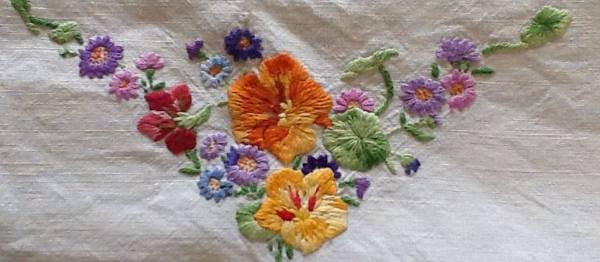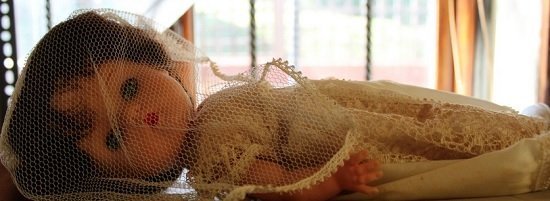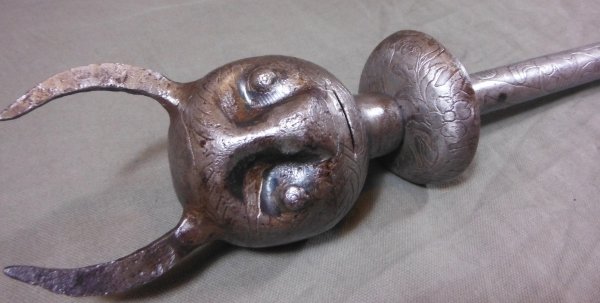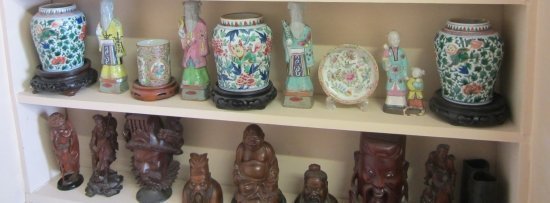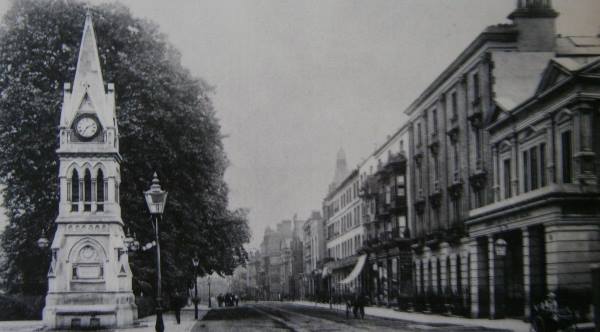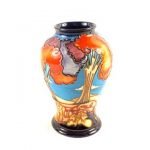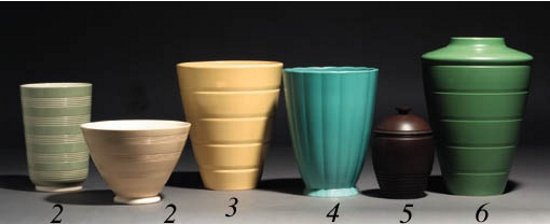It was not too long ago that embroidered towels, shams, pillow-cases, framed pictures, tablecloths and coverlets, fell out of favor in the American home. After World War II, everyone seemed to want to simplify household duties and ironing such items was regarded as a chore. The permanent press revolution made it possible to toss such items into a clothes washer and dryer and use them immediately with no ironing involved.
However, in the past 20 years, there has been a renewal of interest in the hand work of past generations. Crafts-people have joined together in leagues which promote the making of pottery, glass, jewelry and the like. Embroidery, which is one of the most challenging of the hand crafts, has taken its place among the most cherished of family momentos which can be handed down. The Embroiderers’ Guild of America, Inc., has been formed to join together those who wish to learn and exhibit their talents. The Northern New England Chapter meets the 3rd Monday of every month at 11 AM at the Adult Center in Merrimack, NH.
Your writer went to a recent show at the Center where all were treated to a wide range of fabulously beautiful work. One demonstration was that of a Penny Square Quilt, a type made since the 1860s. Each square of cloth was purchased for a penny, then embroi-dered by the artisan; after which they were sewn together. In the example, one could see Japanese laid work; pattern darning; crewel and Brazilian embroidery and trapunto.
An embroidery of Japanese wedding boxes by Lea Stark of Concord, NH, delighted all who saw it as the work was so fine, colorful and in perfect dimension. We talked with Claire Rivard, a longtime friend and former Union Leader employee, who is now working on an auction quilt, which your writer hopes to obtain for the Auctioneers Hall of History Museum at the National Auctioneers Association headquarters at Overland Park, Kansas. A neighbor in Merrimack, Rhonda Tapply, is an accomplished needlework artist, who teaches crafts of all kinds. She demonstrated her work to many who watched.
Decorating with thread dates back to the time of the Egyptians. The Orientals, centuries ago, were proficient in the work which they exported throughout the world. The English and other Europeans brought this work to an art form which is highly collected today.

